I can remember buying my first surfboard like it was yesterday. I was 16 years old, had been saving up every dollar from my summer job, and was ready to take the leap. I walked into my local shop feeling like it was the first day of the rest of my life, I was going to become a surfer!
Getting into surfing as a newbie can feel pretty overwhelming, especially if you didn’t grow up with friends and family teaching you the ropes. I grew up in New England and none of my family and only a handful of my friends were interested in surfing. My 16 year old self, recently liberated with the freedom that comes from getting a drivers license, was keenly aware that if I were to become proficient at riding waves, it was up to me to make it happen. And step numero uno was getting a board.
Standing at my local spot 23 years ago with my first board! My parents keep this photo in my bedroom back home in Massachusetts and it makes me smile every time I see it.
Choosing a surfboard at this stage was tricky to do because I didn’t yet know the kind of surfing I would like the best. Wait…“I thought there was only one kind?” you may be thinking to yourself. Yes and no. While surfing all falls under an umbrella of riding waves, how one rides them is akin to how one dances, sings or paints. There is an element of self-expression that makes every surfer as unique as the wave they paddle for. The variety of surfing style combined with its innate difficulty are what make the sport both so interesting and a challenging nut to crack.
It has been over twenty years since I walked into that shop as an oblivious, motivated, and stoked beginner, and those years chasing waves have taught me a lot about why I am attracted to the sport and what I’m trying to get out of it. If I could sit down with my teenage self, I’d share some insight in hopes of helping guide his journey. But alas, time travel is still not a thing, so the next best I can do is put the pen to the page and share some thoughts that may help you!
So without further ado, here are some tips from my surfing journey that have helped me and my family discover and maintain a lasting love for this watery dance. Let’s dive in!
Tip #1 - It’s never too late to learn to surf
First, let’s clear up a very important misconception. It is NEVER too late to start surfing! Just like around many sports that require knowledge, balance, and skill, I’ve noticed a vibe around the “surf-curious” that goes something like “if you don’t start it young, you’ll never be able to do it well”. How laughably and tragically incorrect!
While surfing is challenging and does require foundational knowledge and plenty of practice, it’s a sport that can be enjoyed well into your golden years. It blends balance, muscle resistance, cardiovascular stamina and stretching all into one fluid practice. And if you fall? Mother Ocean is there to catch you in her watery cocoon. Few sports are as forgiving to our aging bones, joints, and muscles as surfing.
Is it disheartening to see little children zip by you in the lineup, launching airs, and stretching their indestructible little bodies into unnatural angles with no pain or consequence? Sure! But that’s just your ego talking, it doesn’t mean you can’t shred the gnar someday. I remember in my early twenties going on my first surf trip to Central America and seeing young local kids nonchalantly tearing it up like pros and feeling like I would never be able to develop their skill. Then the next day I saw a 70 year old grandpa drop in late on his 10 foot longboard, lean back on the tail, get barreled, and pop out like it was no big deal. The point being, there is always more to learn and ways to improve, and as long as you’re enjoying the process, that’s all that matters…no matter how old you are.
Tip #2 - Define what inspires you
When exploring the streets of a new city, if I know I want to reach a destination to the East, I find it's wise to start walking in that general direction at the beginning. Getting into surfing is metaphorically similar because there are so many different destinations. Cross stepping to the nose and hanging ten on a log is a world apart from smacking the lip and getting pitted. And if you don’t know what any of that means, it’s just surfer slang for “there are lots of types of surfing.” I find that defining what type of surfing inspires you is valuable to calibrating your wave riding compass, and scouring the interwebs for inspiration is a great place to start. Whether the graceful lines of Joel Tudor, the rail-to-rail adrenaline of Stephanie Gilmore, or most recently, the hydrofoil revolution that has turned unremarkable waves into high-performance playgrounds, if you sniff around the varied and equally impressive styles of modern surfing, you’re bound to find something that fits your personality and sparks your inner child to yell “I wanna do THAT!”.
Tip #3 - Learn about your local conditions
Sliding down the line in Peru. This break had increadibly strong longshore currents, making it challenging to stay in the right place to catch a wave. Photo by the very talented Mike Gibbons
Surfing is unique in that it requires a healthy knowledge of weather. Just like skiers and snowboarders are well versed in predicting when snow will fall, surfers must understand when waves will arrive and how they will behave when they hit the shore. Fortunately, the rise of computer modeling has made surf forecasting remarkably predictable, and services like Surfline, Magic Seaweed and Swellnet help folks around the world stay in the know.
But forecasting only gets you halfway there, how your local spots will react to incoming waves varies greatly, and there is no substitute to local wisdom! Sandy beaches, rocky points, or shallow reefs will all produce different kinds of waves and currents, so spending time observing and getting to know your local spots is invaluable. Even if the swell is too big for you or the weather is crumby, going down and watching the surf from the shore can teach you a lot. How do the waves change as the tide drops? How do the currents flow? Where is the easiest place to paddle out? Soaking these details up like a sponge will only accelerate your learning process!
Tip #4 - Try Everything!
As they say, there are a lot of fish in the sea! Like finding your true love, finding the perfect surfboard also means finding what boards and styles of riding aren’t for you. To think you’ll walk into a shop and immediately get paired with your dream board is like swiping right and marrying the first person you match with. And like dating, be careful not to fall in love with a board based entirely on how it looks. That fiberglass temptress may be a terrible influence! How a board FEELS is much more important than how it looks, so do your best to be open minded.
To get a variety of experiences, visit your local shop and see if you can rent boards from them. Some shops allow you to put rental fees towards the purchase of a new board, so you might as well try everything! Longboards that seem way too big, short boards that seem way too small, and everything in between. You never know what combination will just feel right until you try!
For the DIY’ers out there, finding and fixing up old boards is easier than ever. I’ve gotten into the habit of snatching up old and damaged surfboards on OfferUp and Craigslist, and with a little TLC, getting them back in the water and expanding my surfing perspectives for little money. And if you do a good job, you can even make money fixing up old boards and reselling them! Talk about a triple win: trying new designs, earning some bucks, and helping the environment by keeping old boards out of the landfill.
Tip #5 - Progression is Addictive
Our big monkey brains love overcoming challenges, as long as they aren’t TOO difficult. If a task is too much to overcome with reasonable effort, most of us have a tendency to disengage and move onto something else. At least I do! On the flip side, if we can master something easily, it can quickly become boring. For me, the most rewarding activities that provide lasting enjoyment for many years are difficult enough to keep me on my toes, but accessible enough that I can consistently improve. I find that understanding this relationship between challenge and success is key to having fun in surfing over a long period of time, but it’s harder to achieve than it may sound!
Unlike other sports where you can easily maximize your time learning critical skills, it’s very hard to clock a lot of time standing on a board on a wave. First there is the weather, everything needs to line up for there to be surfable waves where you live. Then there is the work/reward ratio, the time you spend surfing compared to the time spent attempting to surf. For a 2-hour session, a skilled surfer at a good spot might catch a 10 second ride every 10 minutes, meaning they spend over 98% of their time paddling, floating in place, and ahem….NOT SURFING.
Because of this, one of the best strategies a new surfer can have to stay stoked with continuous progression is to use a board that maximizes their wave count, or the number of waves they catch, stand up on, and ride each session. In general, bigger boards with more volume and a longer waterline will paddle faster through the water, making it easier to catch more waves. If you’re curious about the science behind this phenomenon, check out this video we made that explains buoyancy and this one that explains why longer boards paddle faster.
Tip #6 - When you're bored, change your board
Let’s paint a hypothetical picture: you’ve studied your local spots, defined the kind of surfing you aspire to get good at, tested a bunch of boards, purchased your first magic stick, and have been riding it for a while. At first, it was exhilarating, but now you’re finding each session kinda feels like the last one and the experience is getting a little stale. It’s time to shake things up, and a different board might do the trick!
Changing your board to keep things challenging and drive your progression is an exciting prospect, but beware, it can be a head-spinning maze to navigate. A board shape that you predicted would unlock a fun new experience might not deliver the goods, while one that you might not look twice at could be your new best friend. I’ve had this happen plenty of times, I see another surfer having what looks like a magical experience, but when I try the board, I hate it. On the flip side, on more than one occasion I’ve written a board off because of negative stereotypes, only to discover that I really like it.
To aid you in your quest for new and exciting wave riding experiences, strike up a dialogue with other riders in the lineup and learn about what they are doing. Find a local shaper in your area and describe to them what you’re searching for. More glide, faster turns, or locking into a different part of the wave are all goals that specific board designs can help you achieve. And for the DIY crowd again, designing and building your own surfboard from scratch is easier and more affordable than you might think. Check out our tutorial below that outlines our adventure of designing and building two very odd mid lengths!
Tip #7 - Share the stoke
Surfing itself is fun, but sharing it with those you love makes it particularly special! My favorite surfing memories aren’t big waves or solo strikes to my favorite spots, they are shared sessions with my favorite people. For that reason, I make it a strategic goal to facilitate fun surfing experiences with my friends and family.
Getting others stoked on surfing isn’t easy if the fire isn’t there to begin with. It takes patience and persistence. Being observant and respecting what your ripper-in-training likes and doesn’t like is key. For my wife’s early days, for example, she loved when I pushed her into waves because she wouldn’t have to deal with wave selection or paddling, skills that take a good deal of time to develop. I was happy to chauffeur her into waves because I knew those short term costs could result in long term gains. Then there was my sister-in-law who loved the time we had beers on the beach after a fun family session. Now I make sure we have the cooler packed whenever they join. Or my best friend who is a first time Dad and has virtually no free time. When he is free I make sure to bring an extra board to the beach to make surgical strikes easier for him. We’ve also started pushing his daughter into waves ;-) The point is, figuring out ways to get the people you like spending time with to enjoy the activities you love is a recipe for a happy life, so get off your butt and make it happen!
Tip #8 - Engage your inner child
As cliché as it sounds, surfing is all about having fun! If you’re enjoying the experience, then you’re doing it right. In today’s digital age where people showcase their life experiences as curated social media posts for others to see, it’s easy to get caught up in how you look…and to be clear, when you’re learning to surf, you’re gonna look goofy. But fear not, you’ll also feel exhilarated, challenged, and alive! Concern over how you appear to another is a learned behavior that holds us silly adults back time and time again. You can prove this to yourself by going surfing with a kid. Sunscreen smeared, snot running out of their nose, and completely frothing, kiddos are the standard on which we should model our surfing attitudes. So next time you paddle out for a few, remember to try and leave that judging, over-thinking adult on the sand. You’ll be more stoked that you did!
Patrick Rynne is the CEO and Founder of Waterlust.
PhD in marine physics and a masters in Ocean Engineering. Hates spreadsheets but is learning to live with them. Avid kiter, sailor, surfer and teller of stories. Frequent wearer of flip flops in socially inappropriate settings.


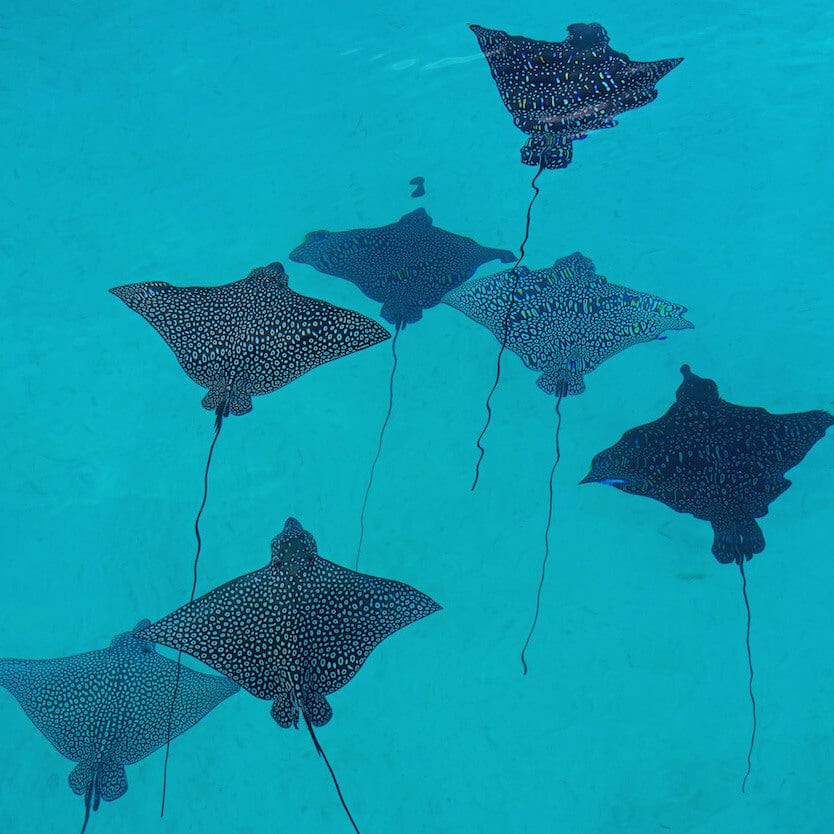

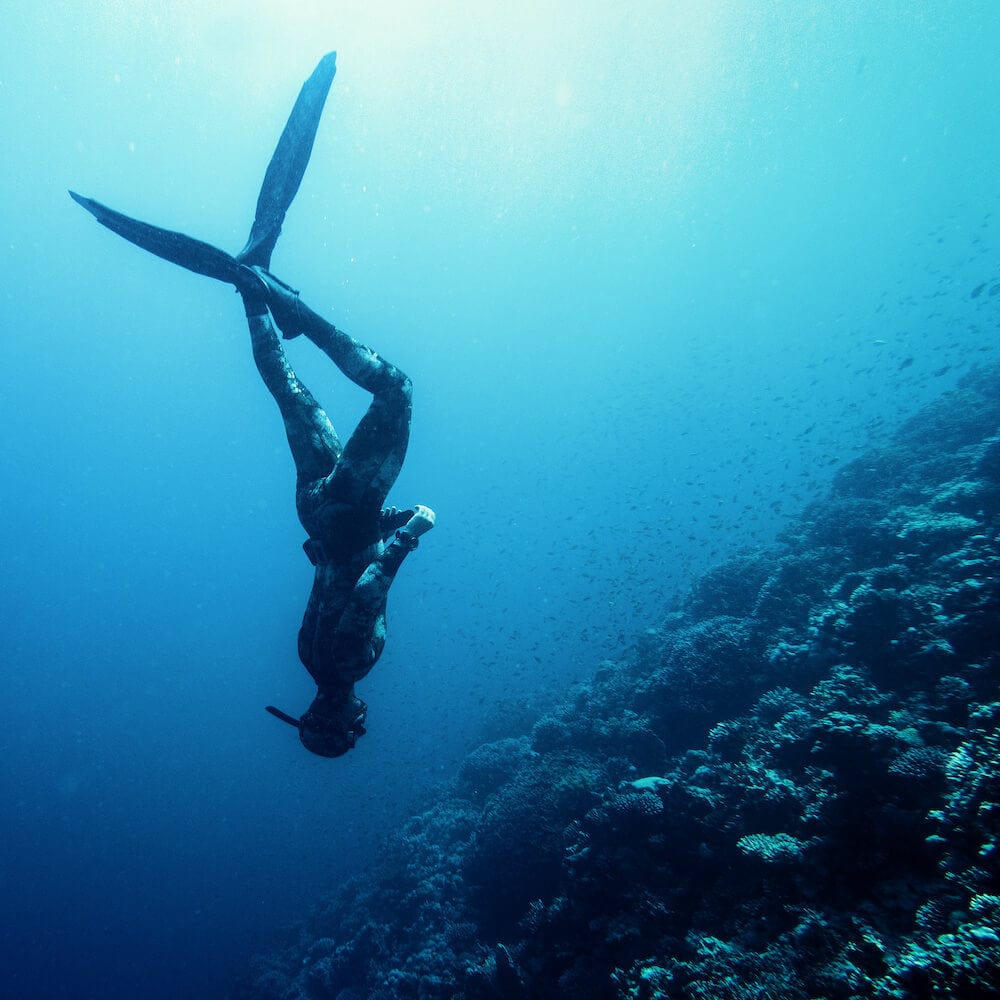
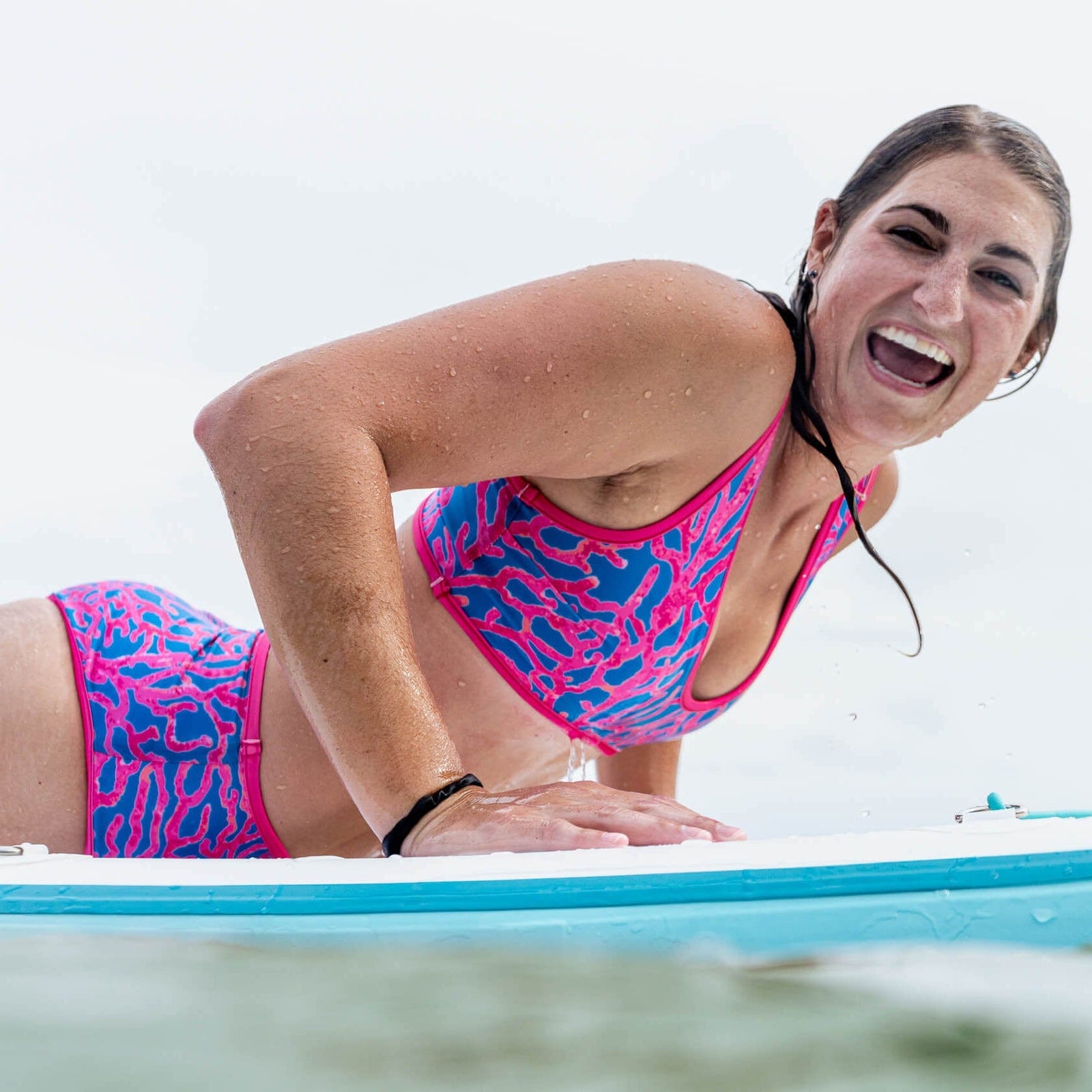
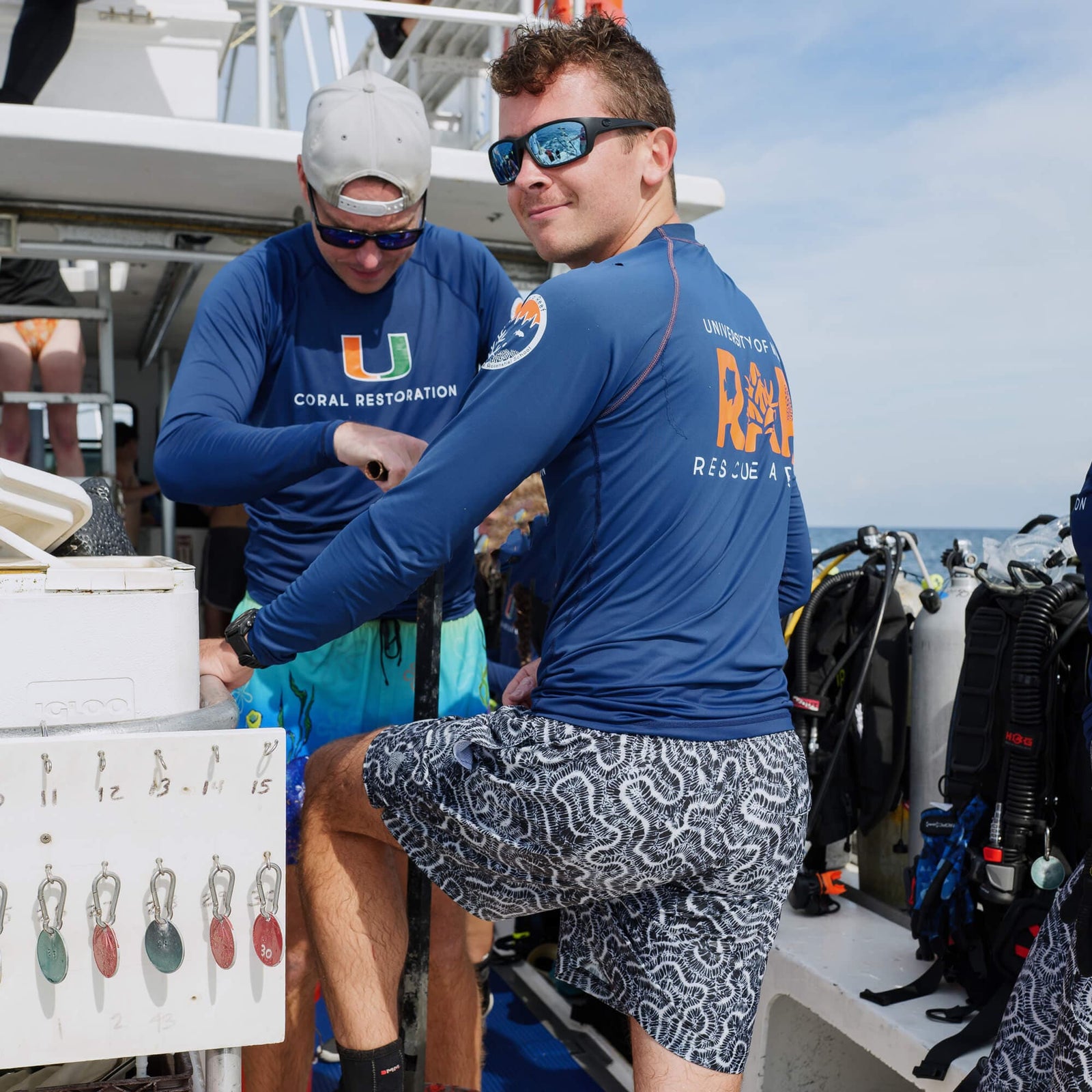
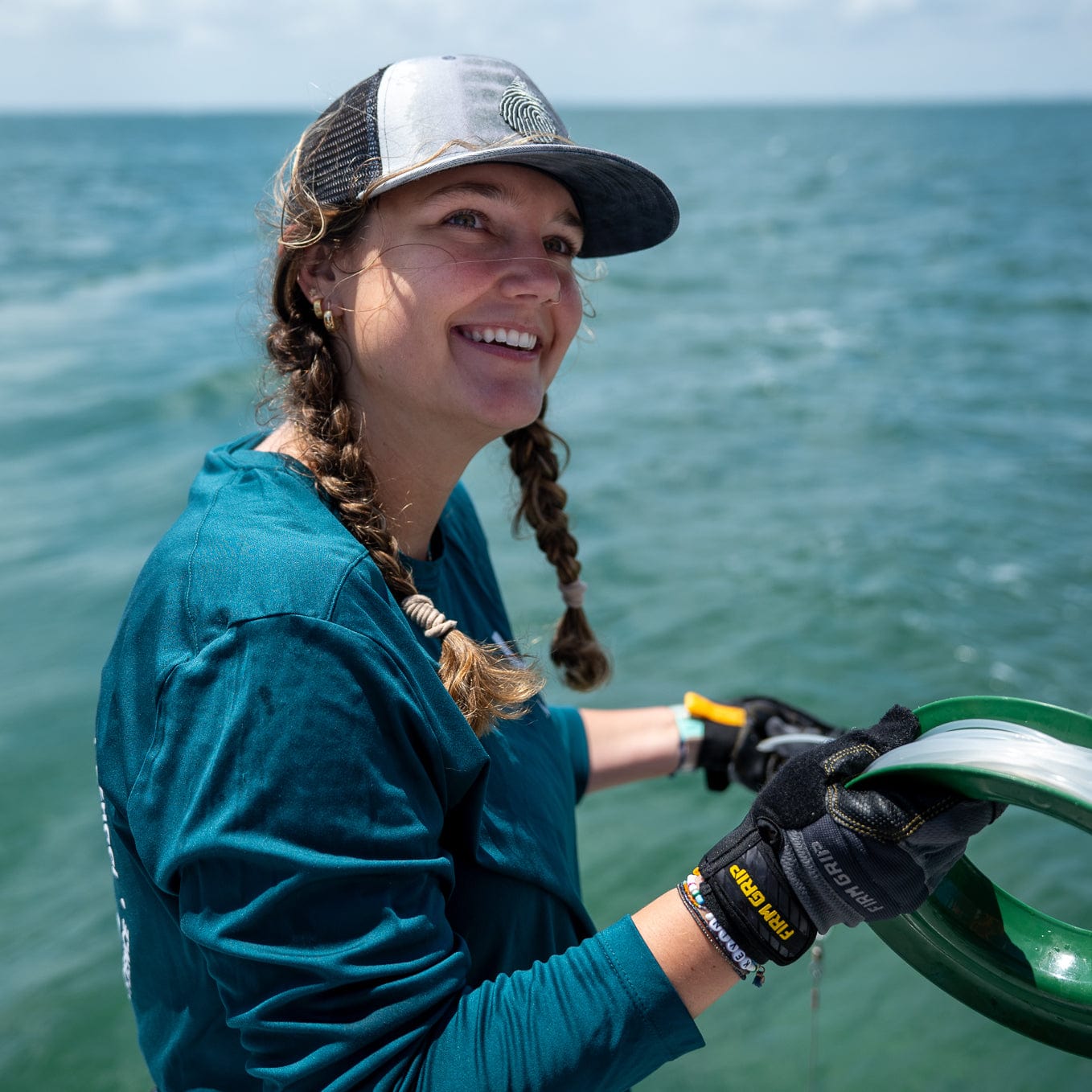





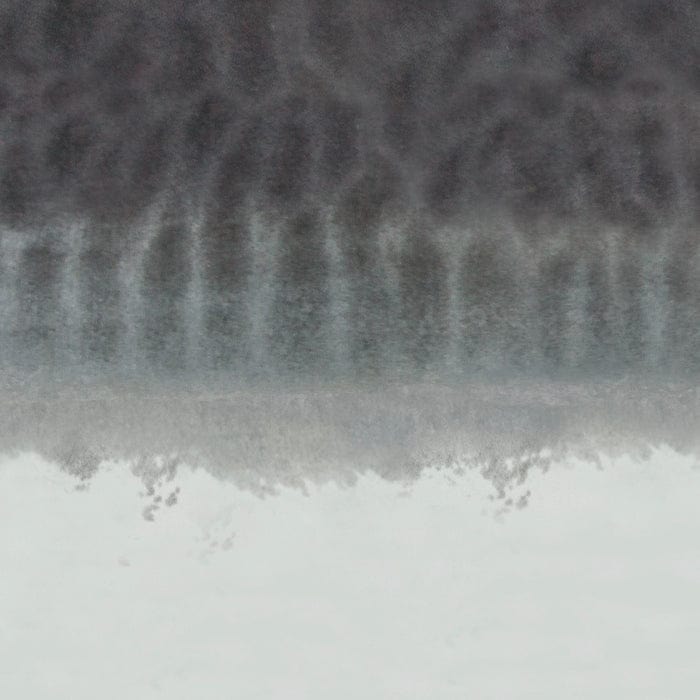
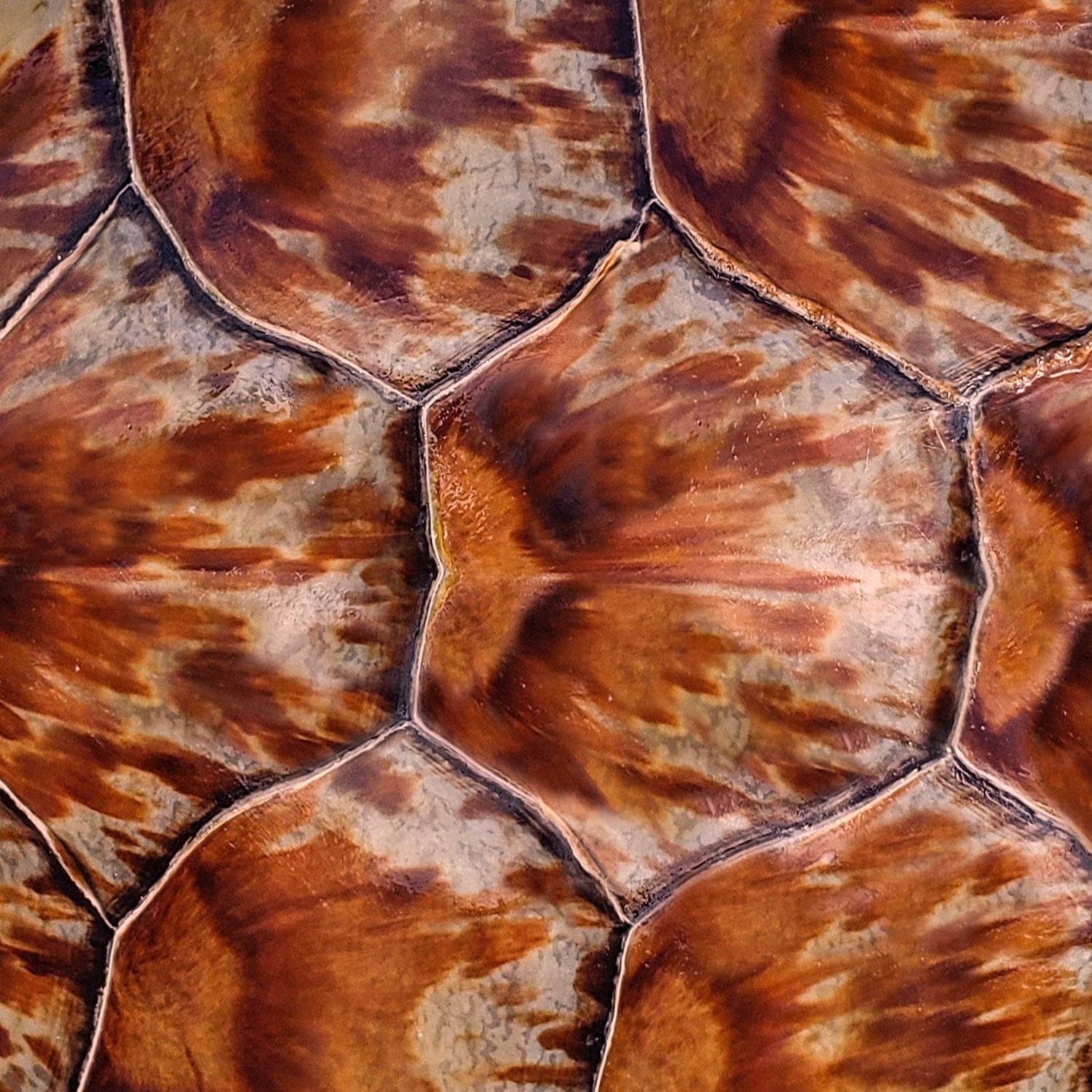
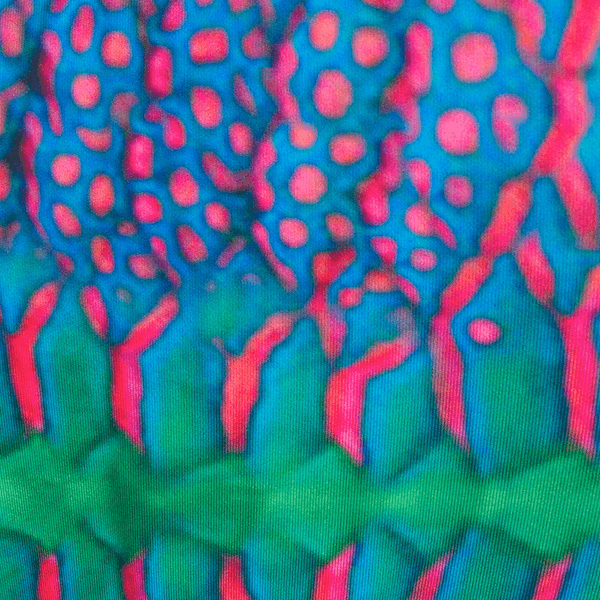





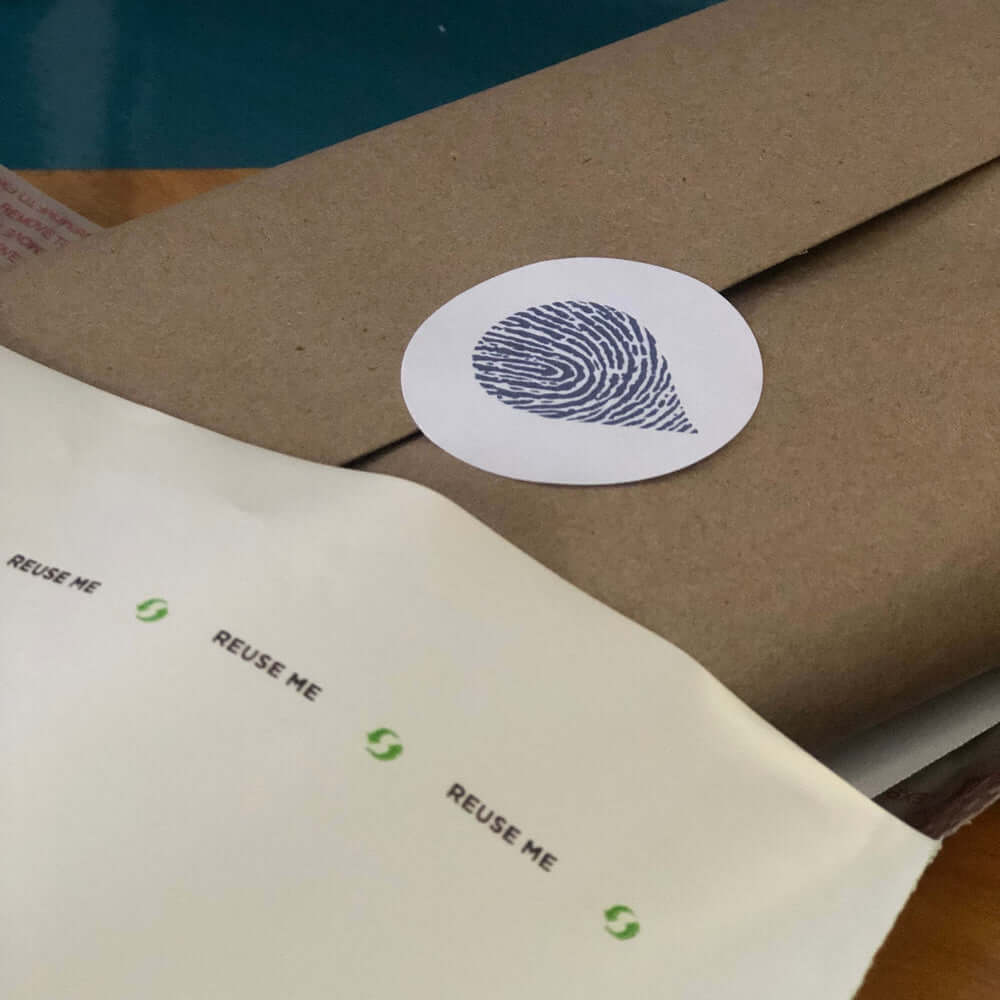
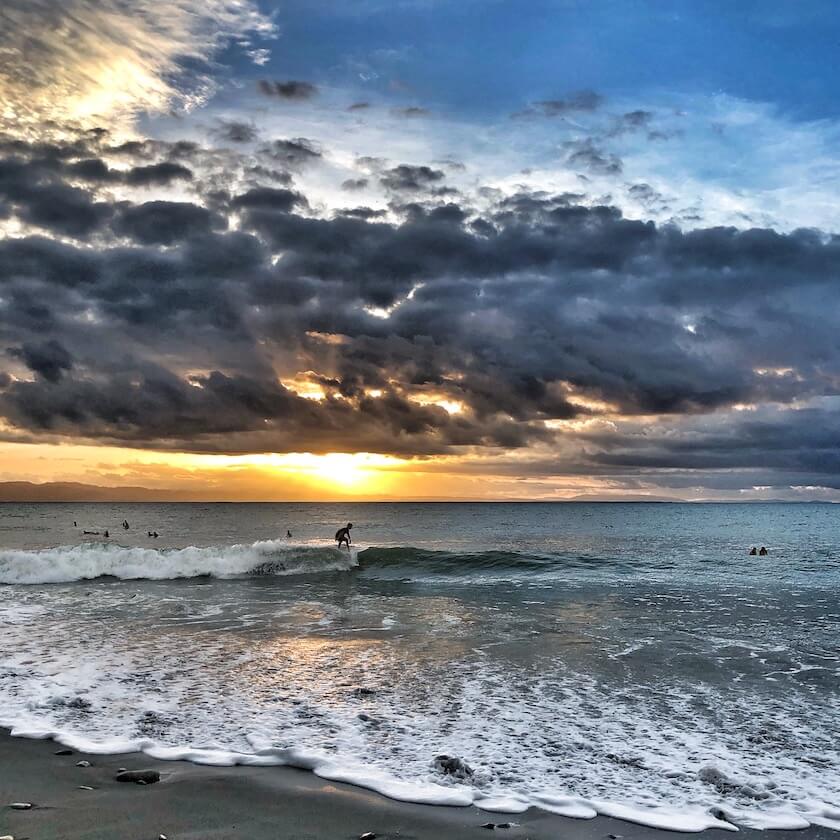
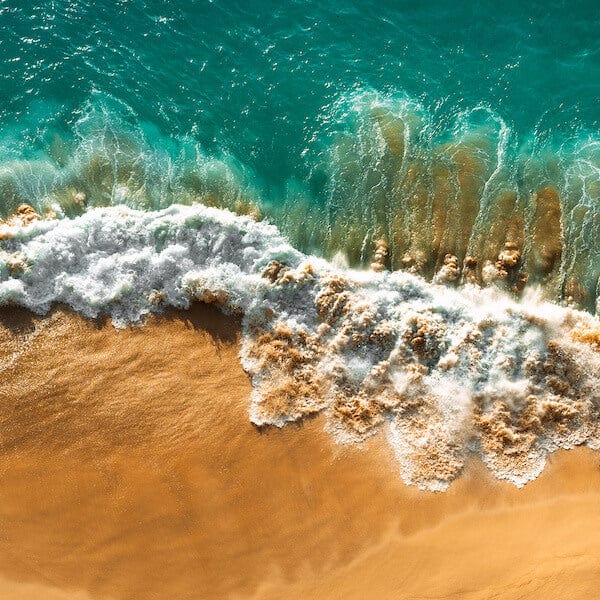
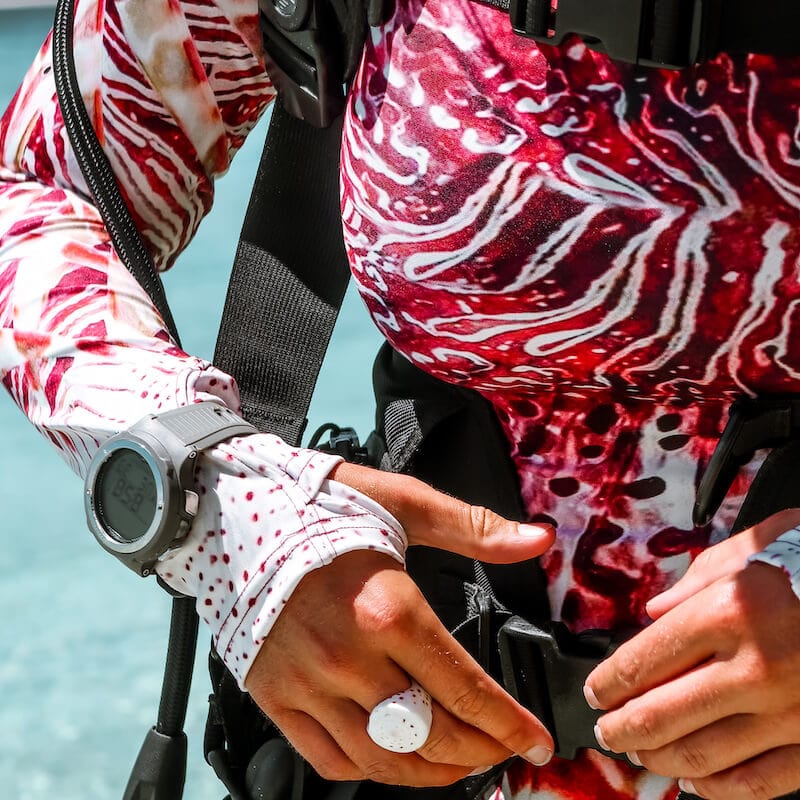
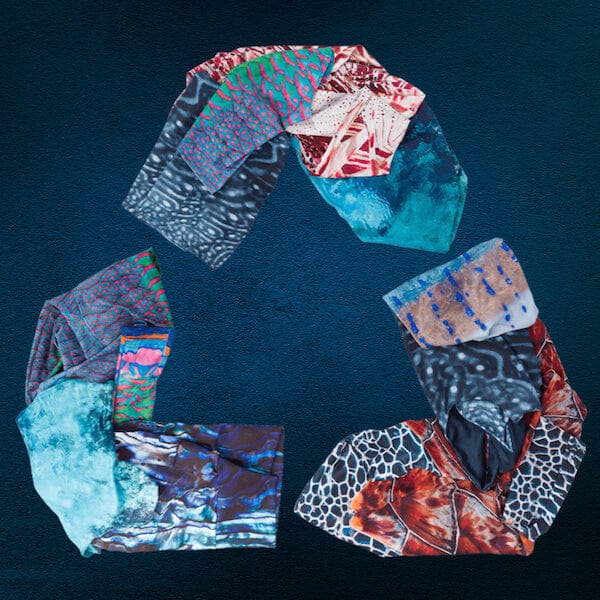


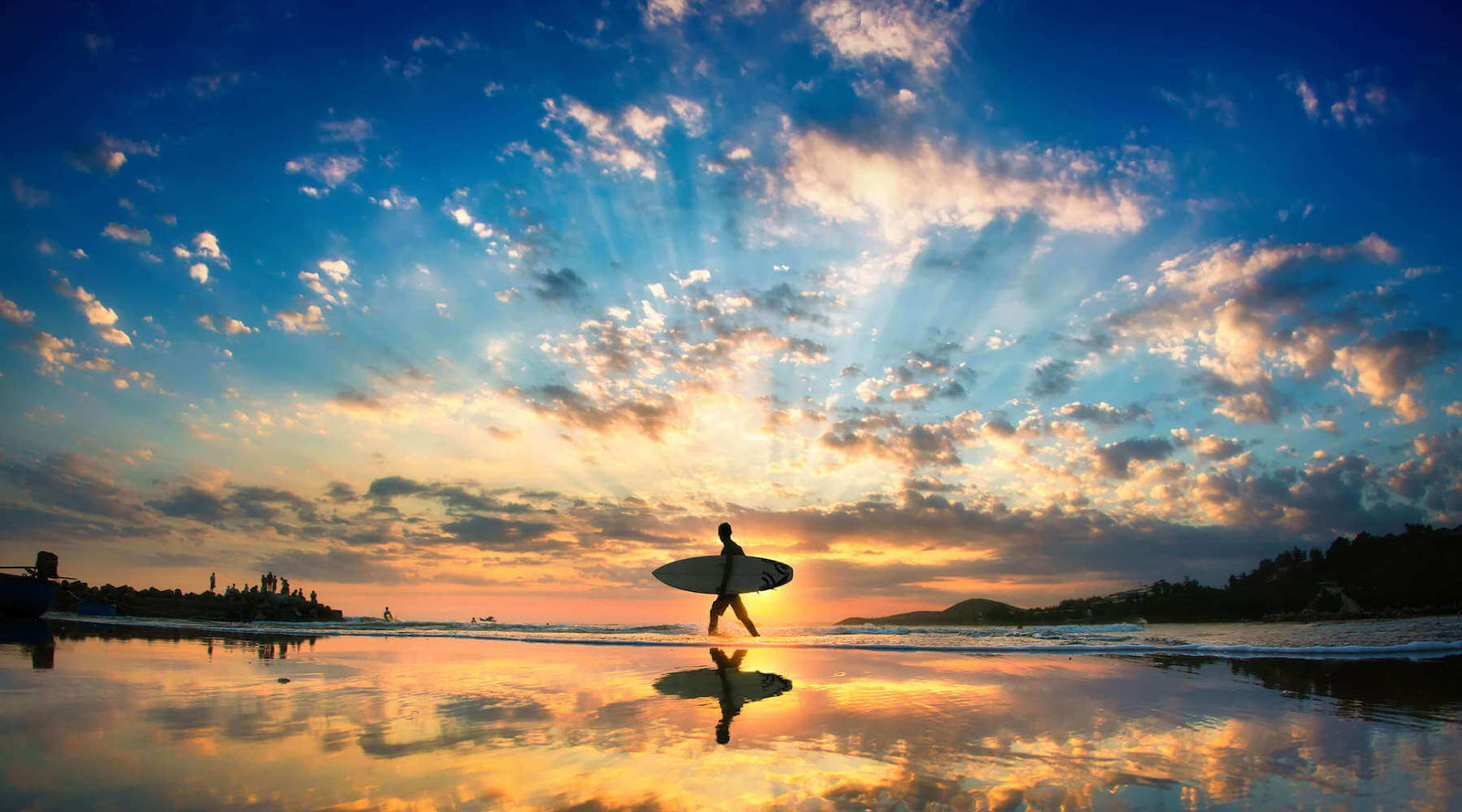
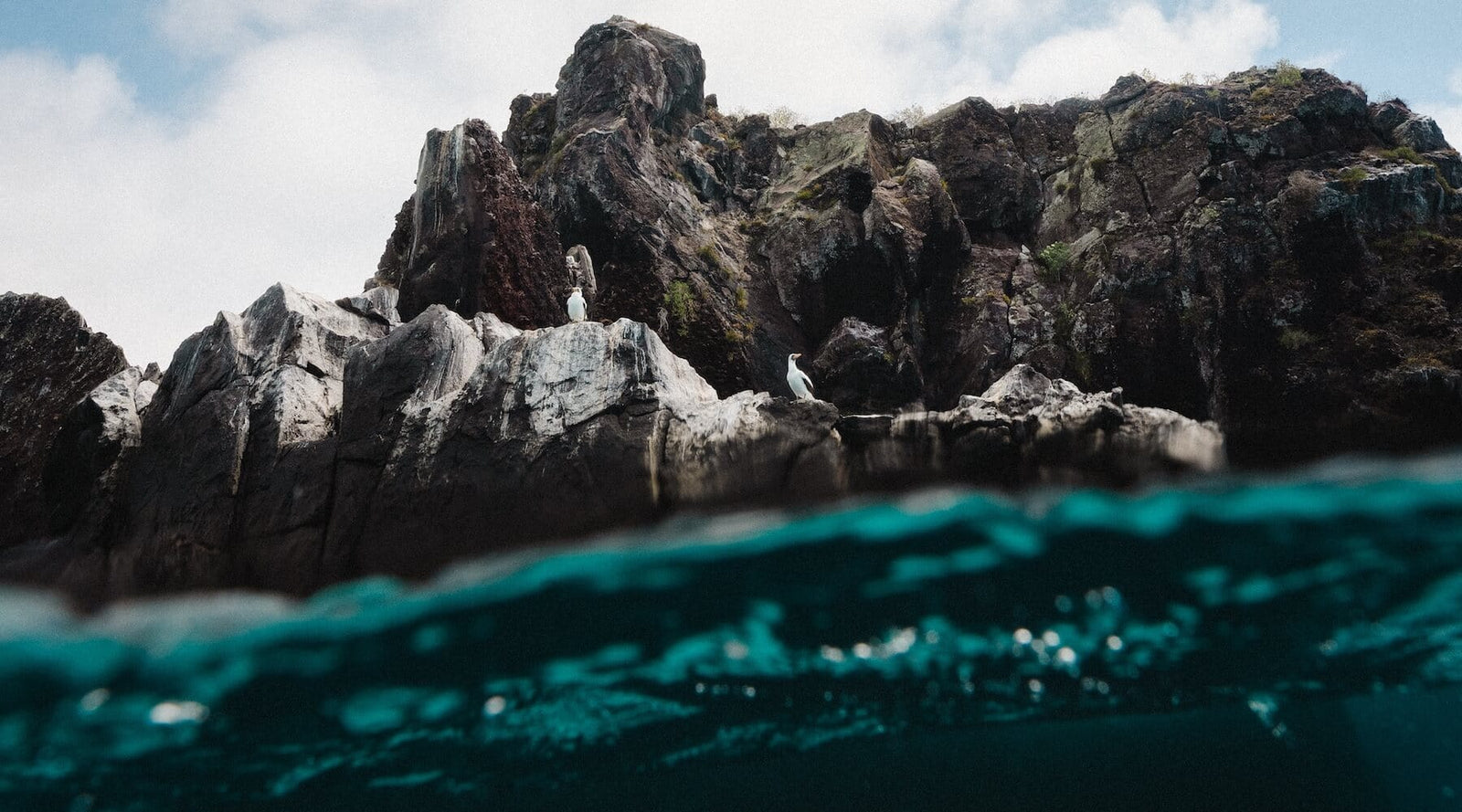
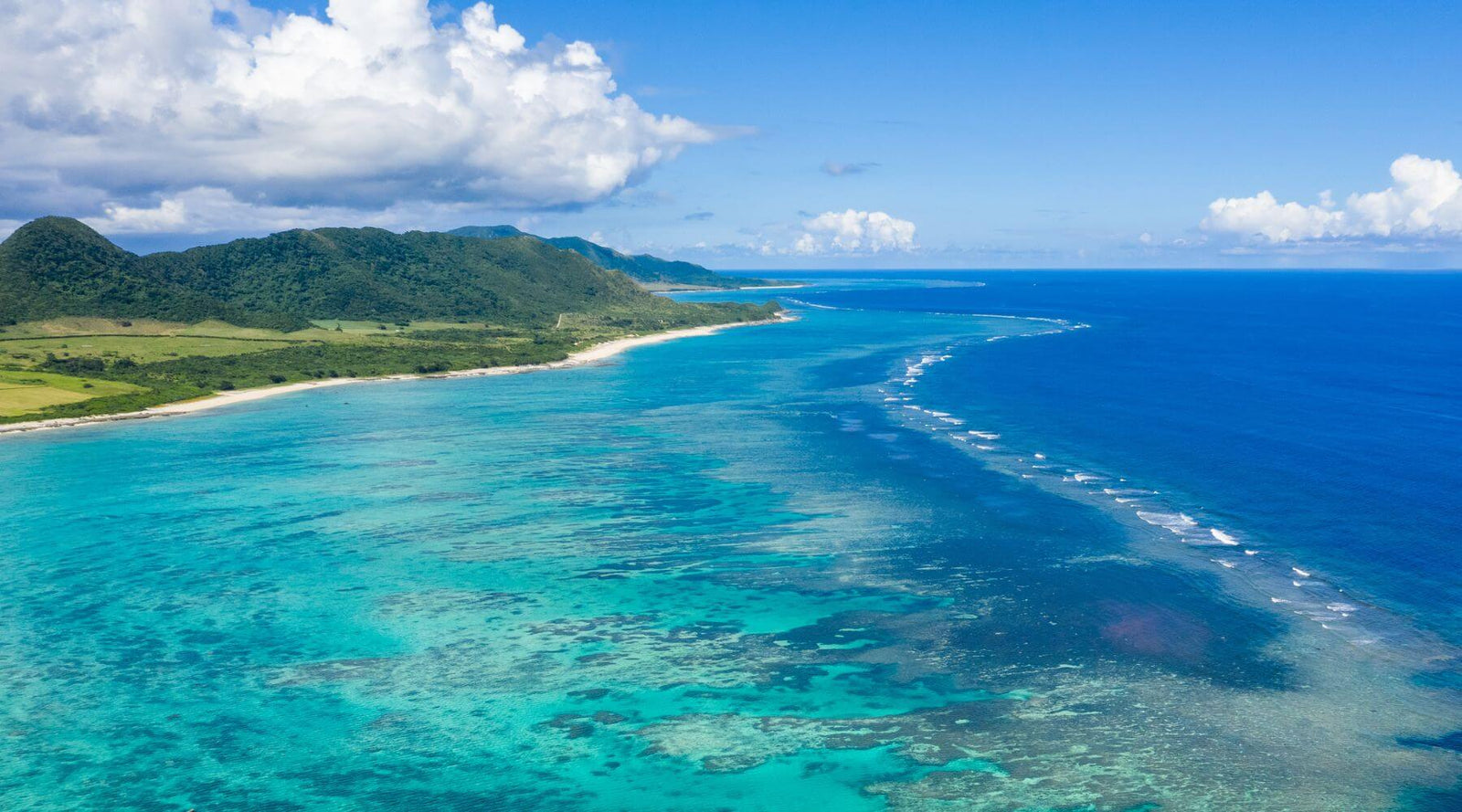
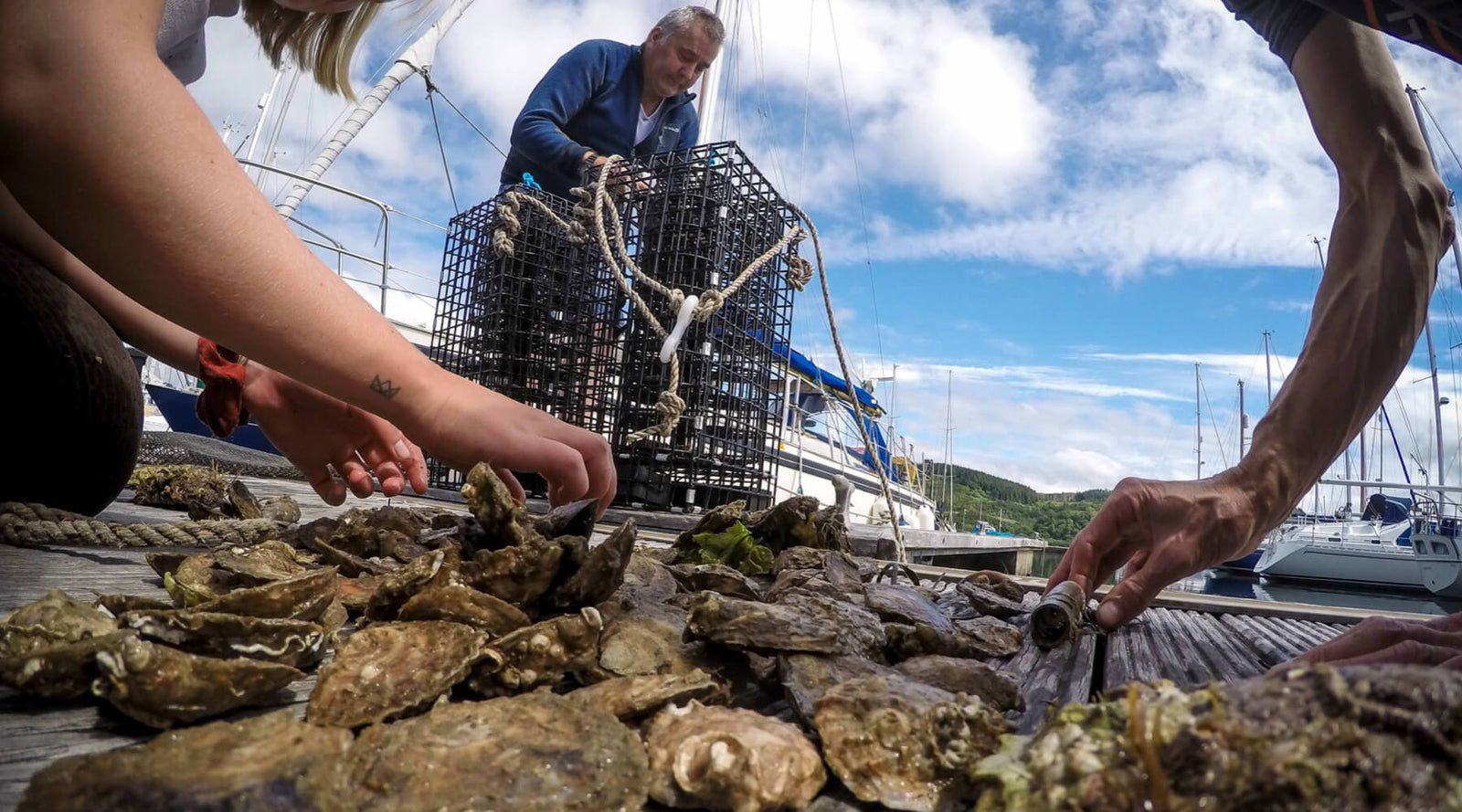
Alina
December 18, 2025
Your journey and tips feel honest and motivating, especially for beginners. The way you explain progression and sharing the strike is inspiring. It also reminded me how meaningful surf symbols can be, like a gold surfboard pendant, which I have seen done nicely at Finkey Jewelry at a fair price.